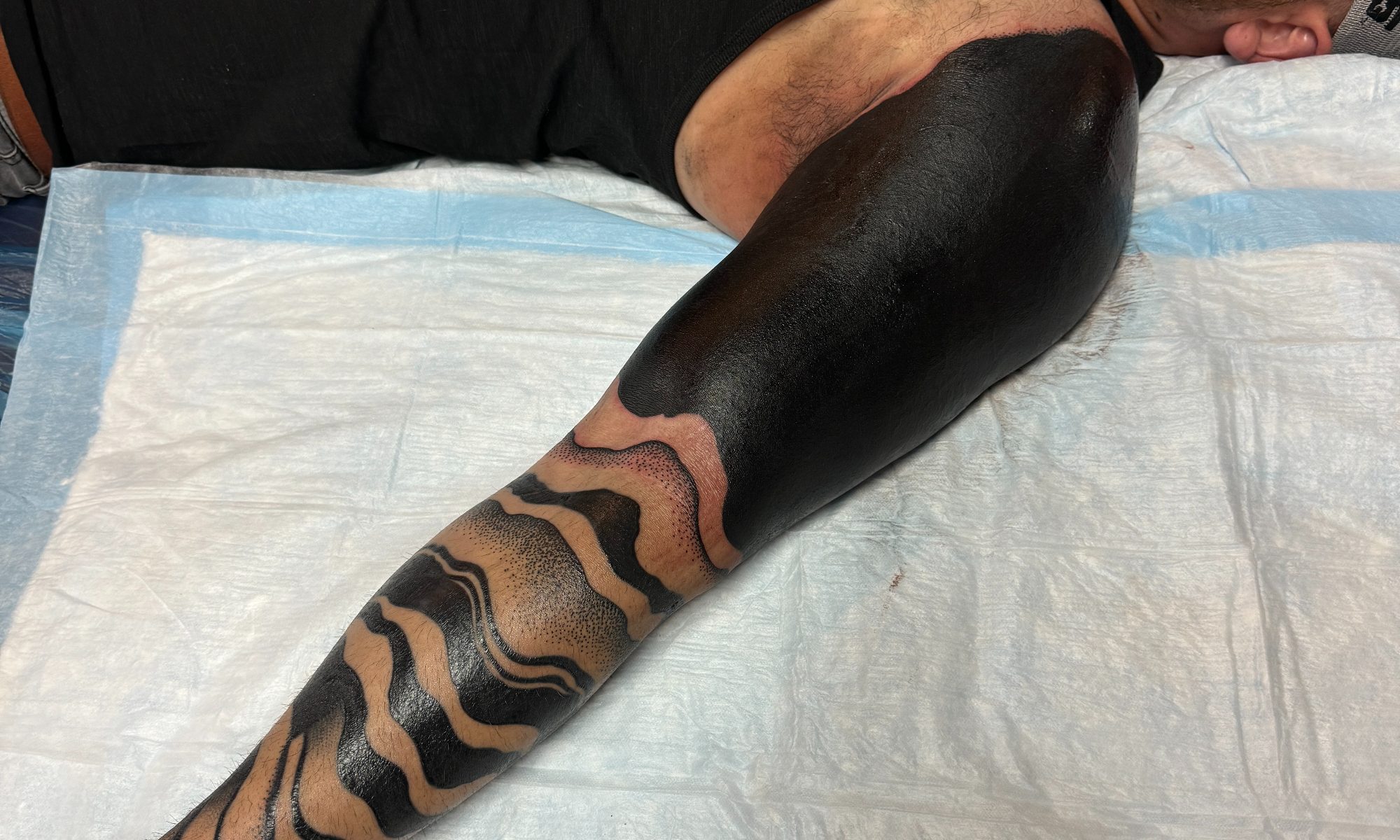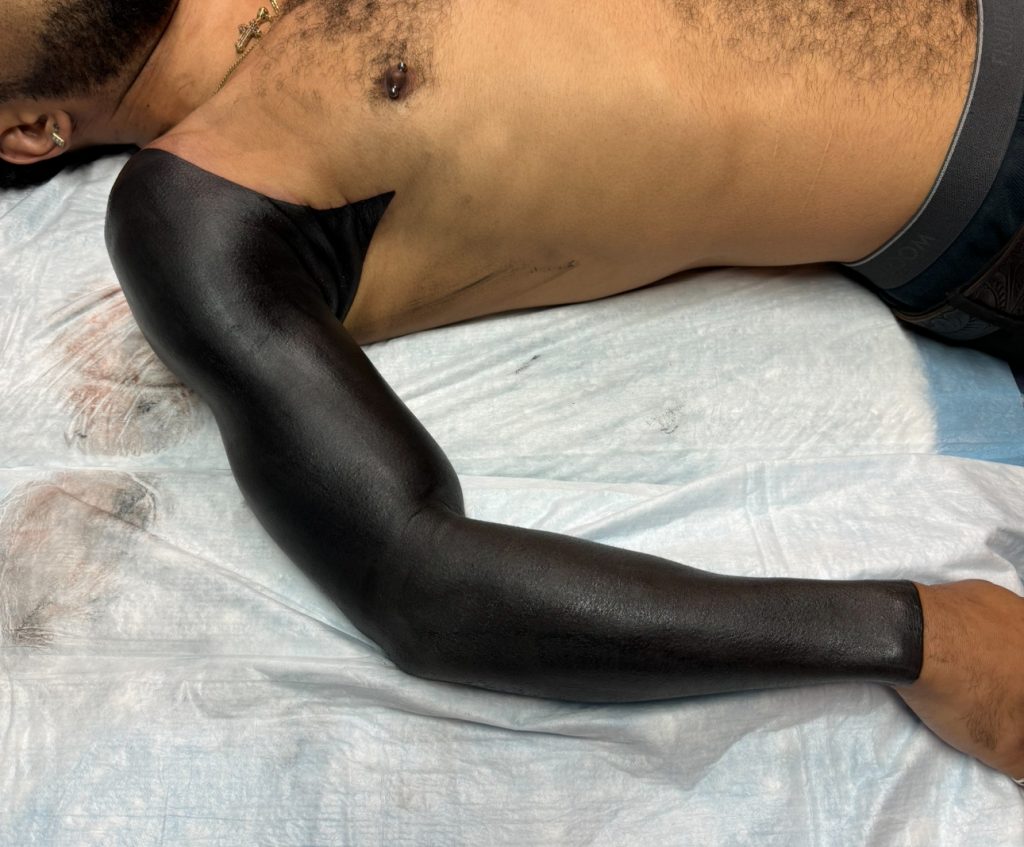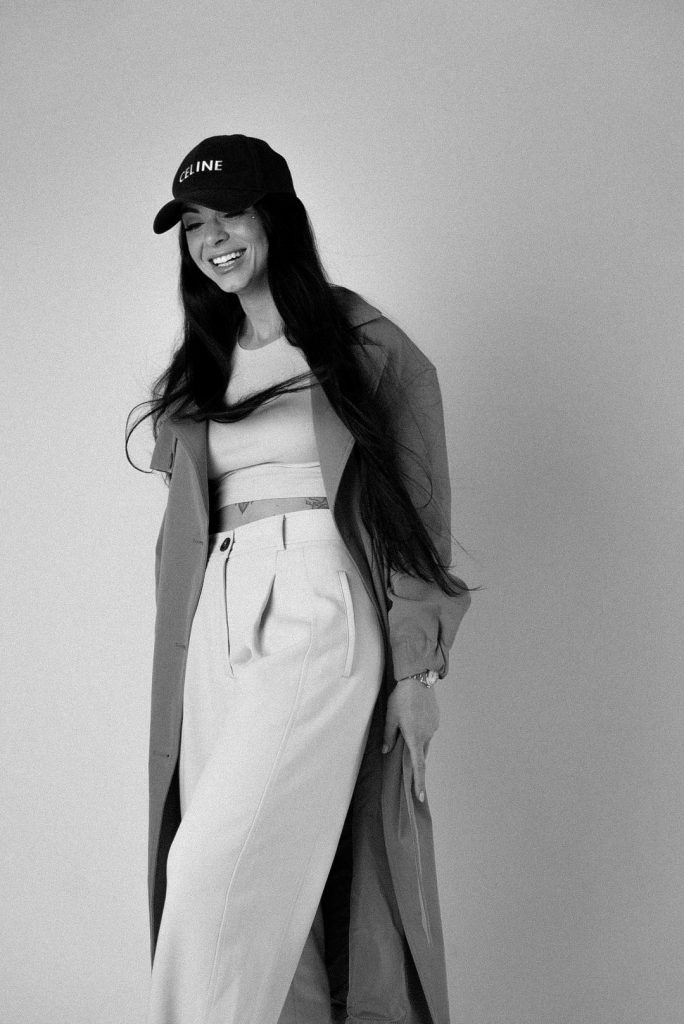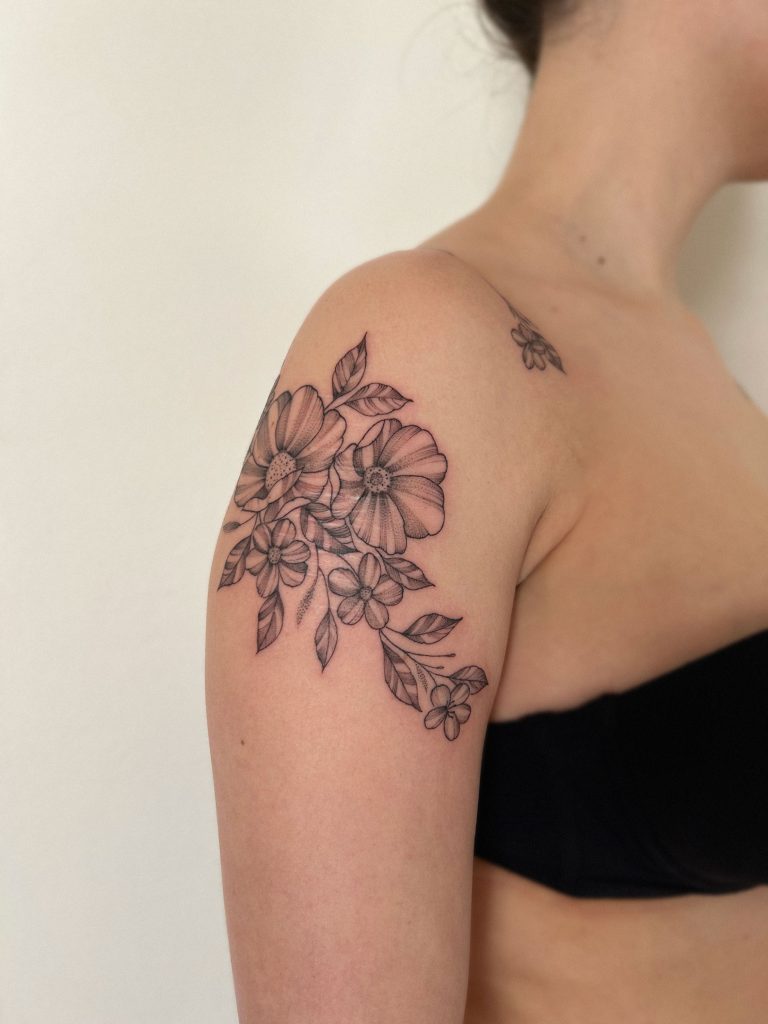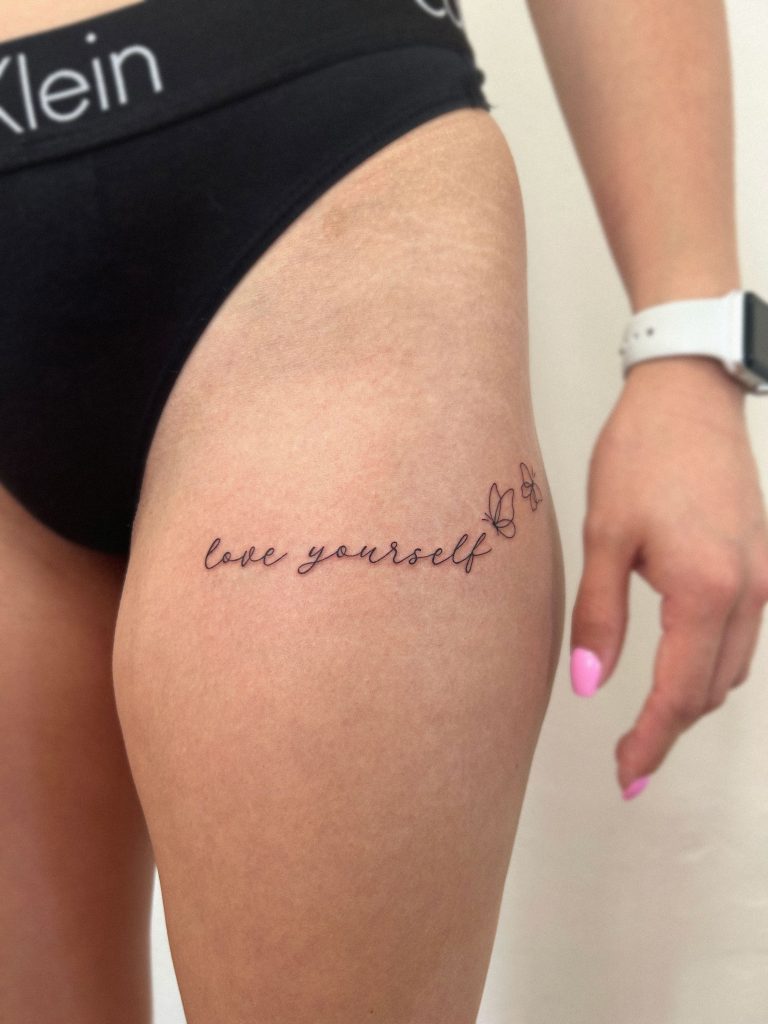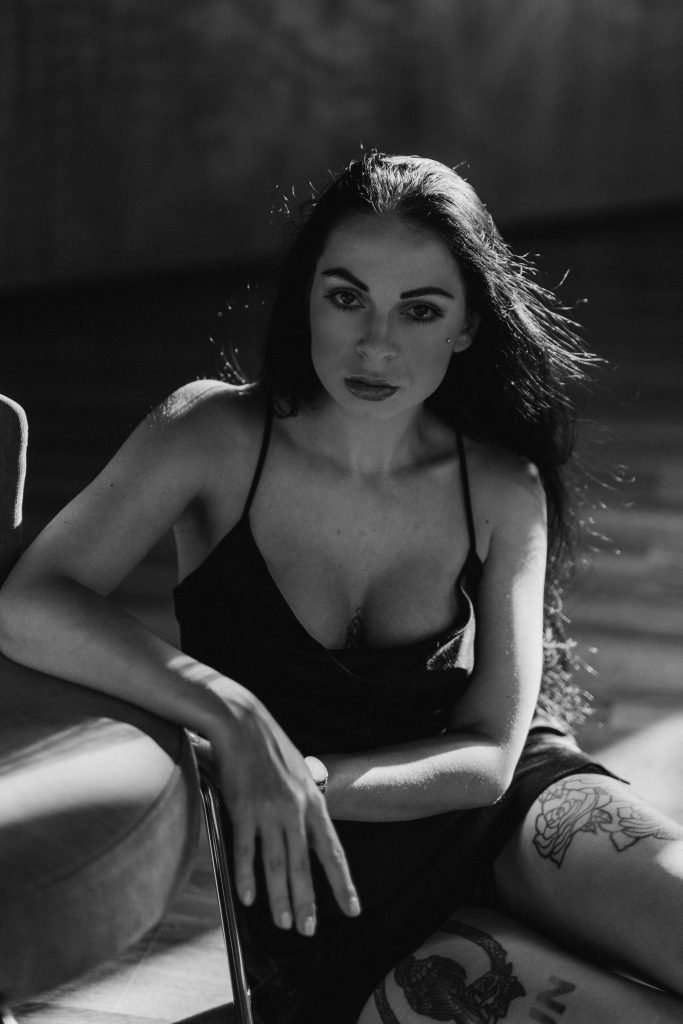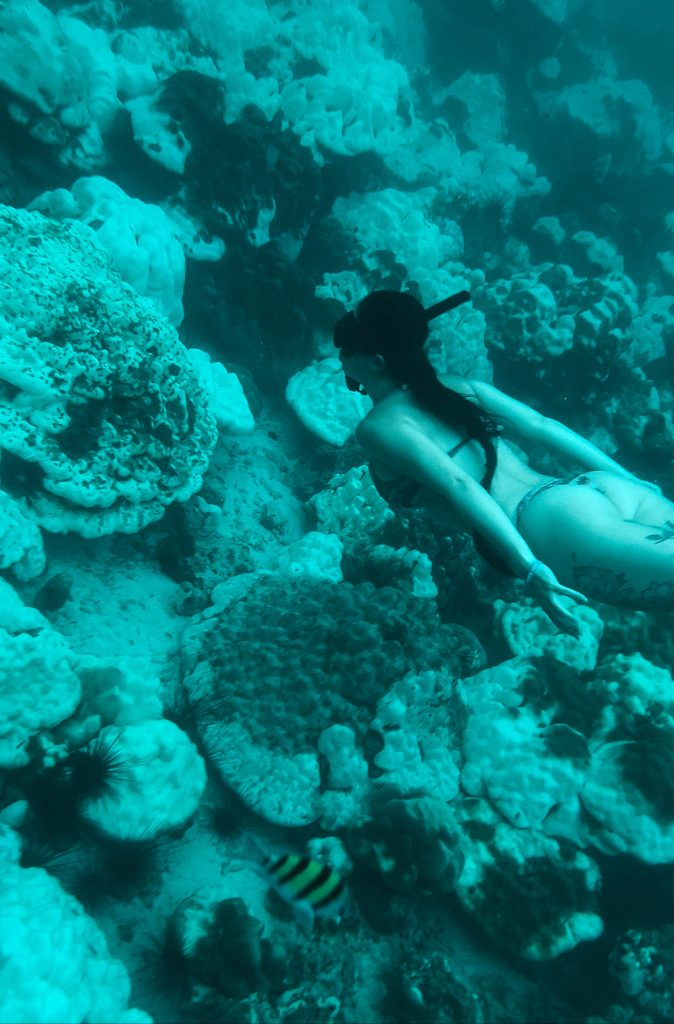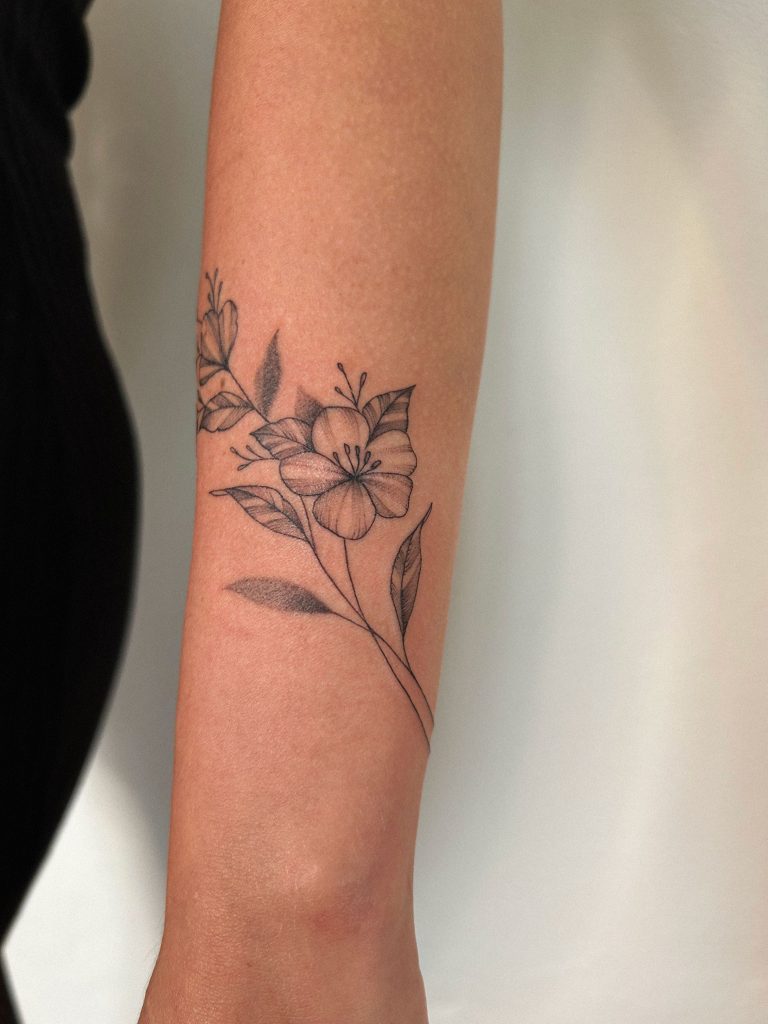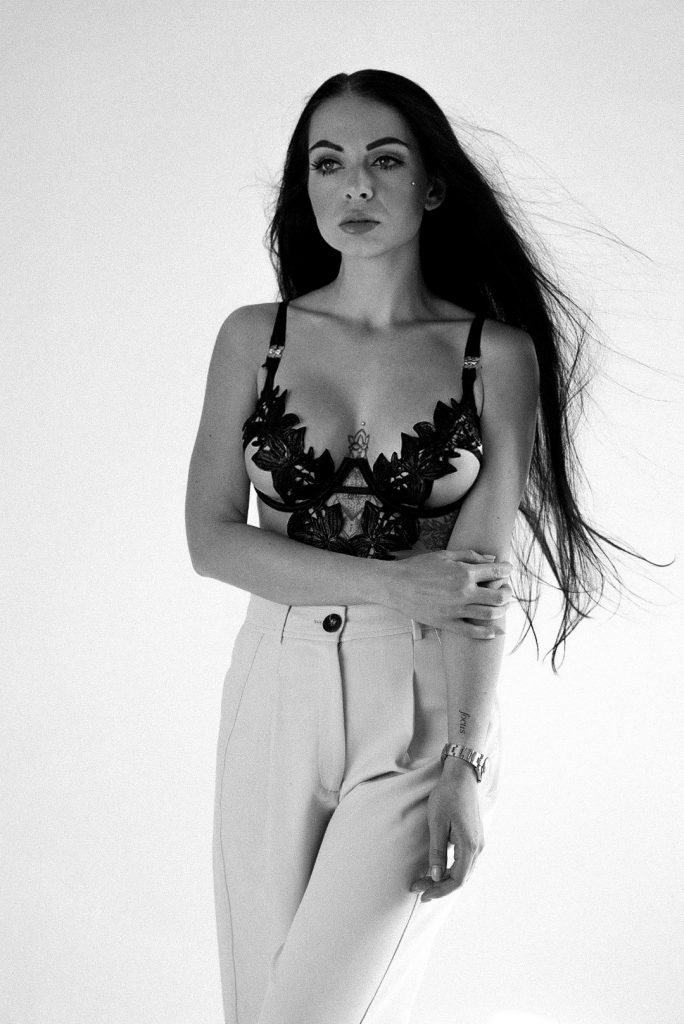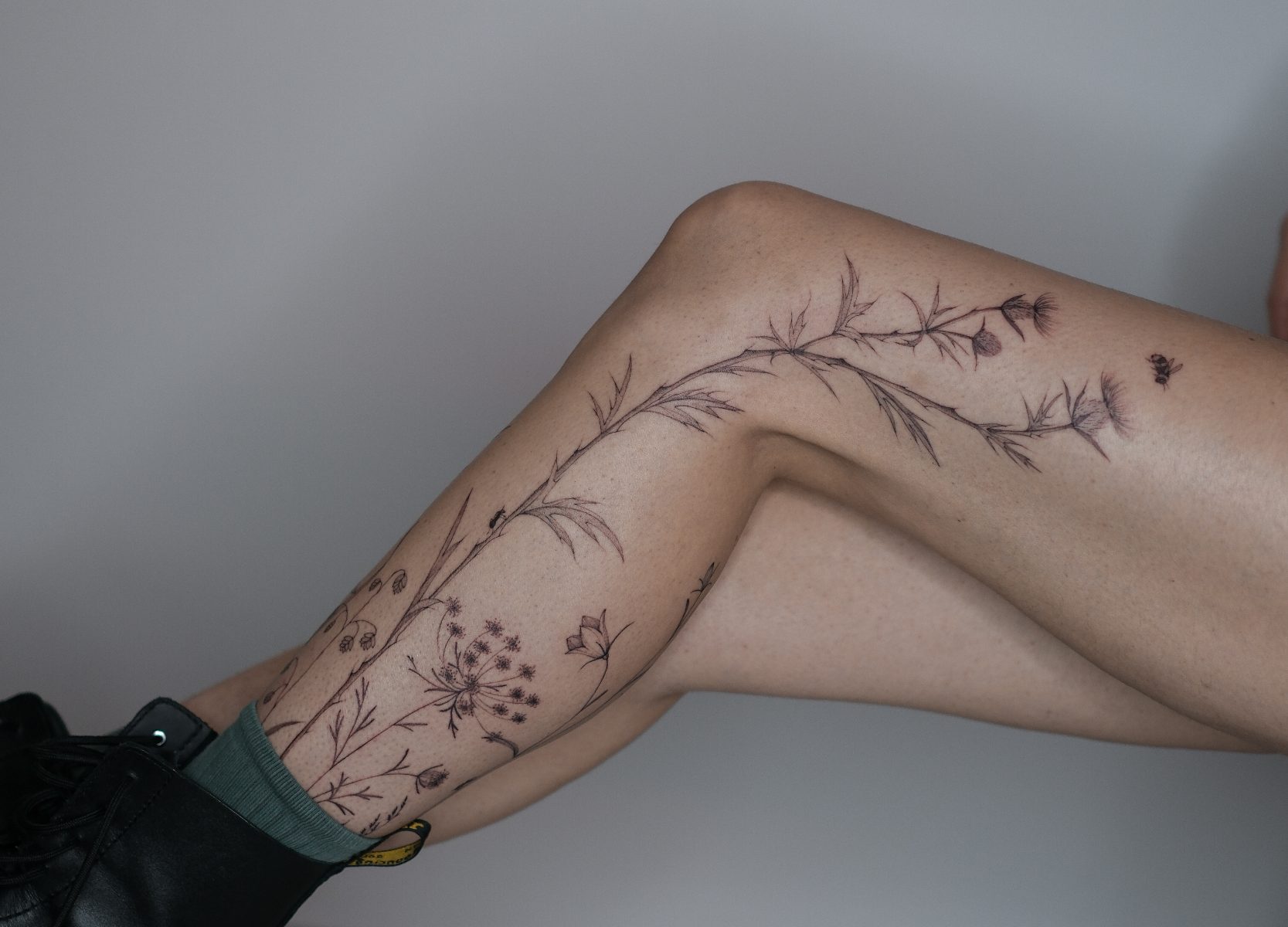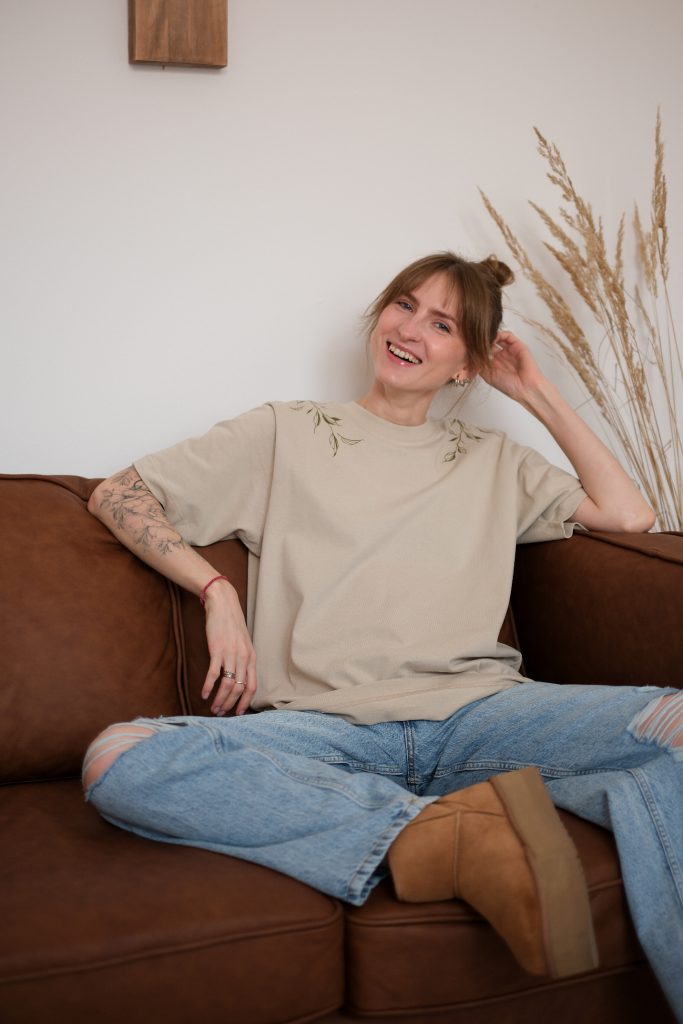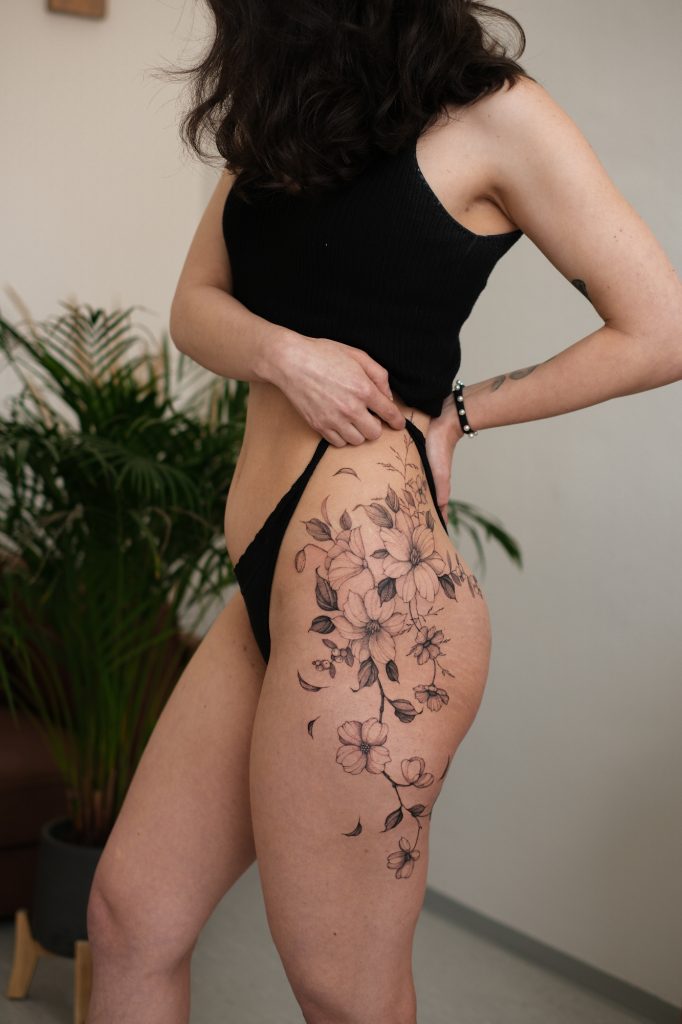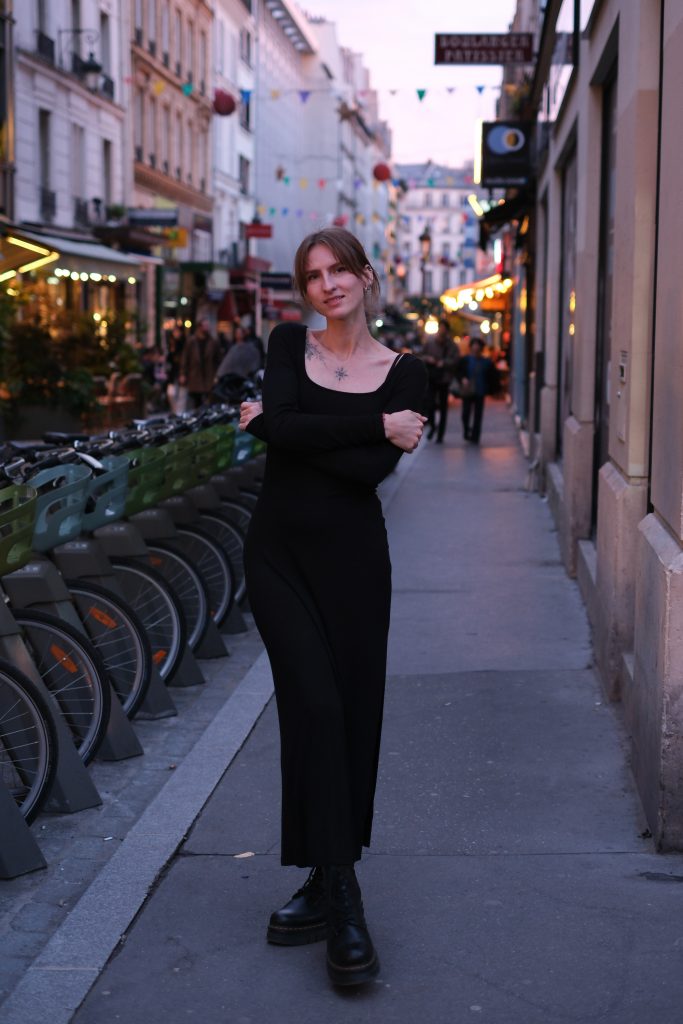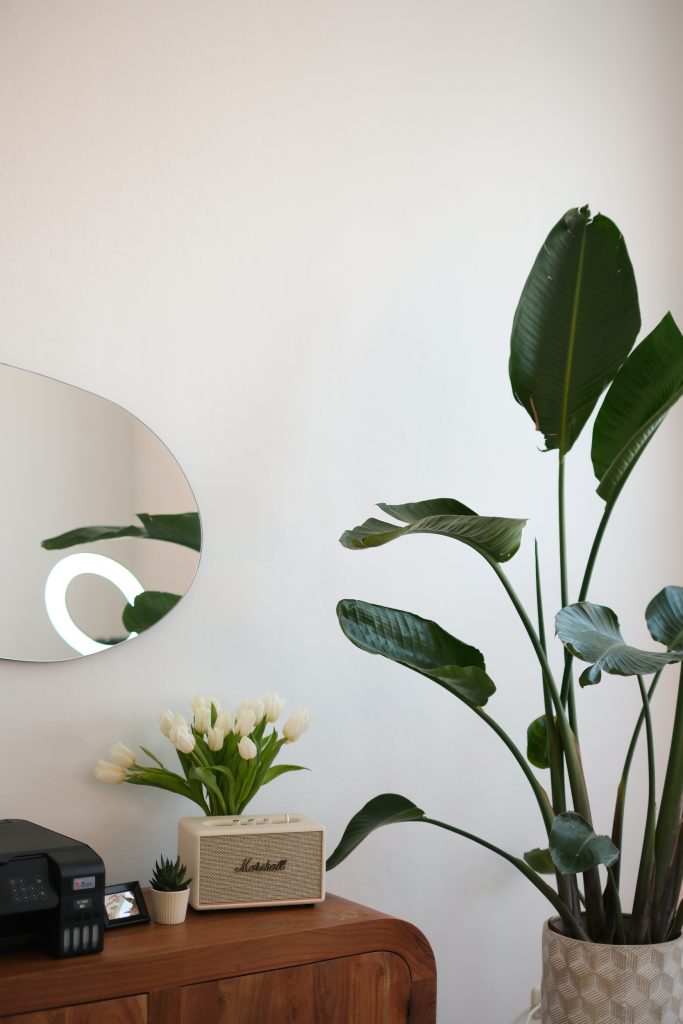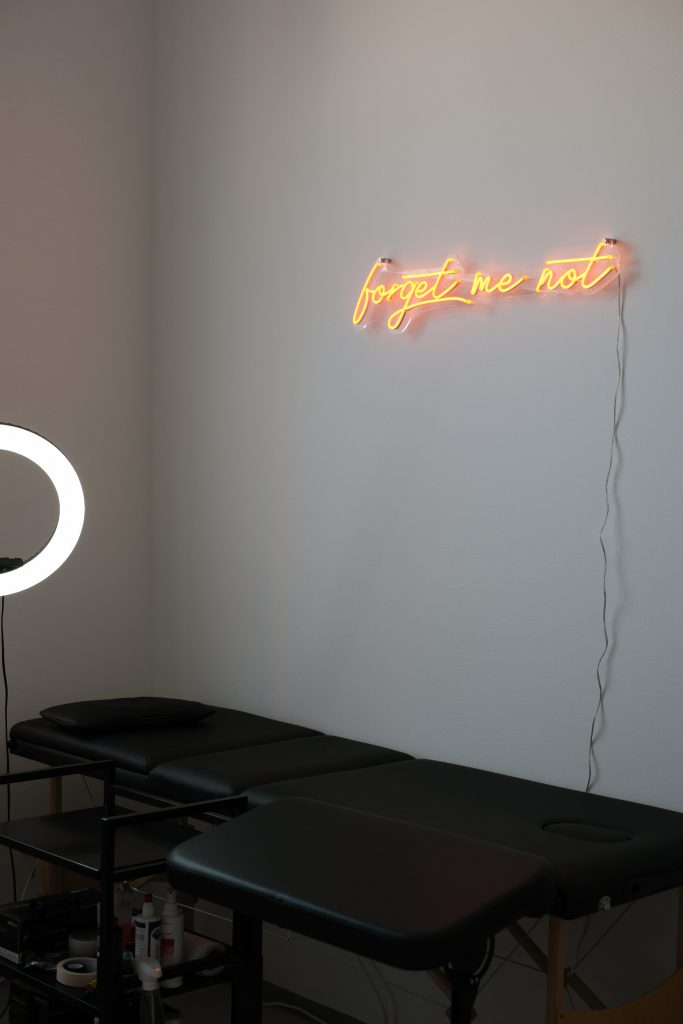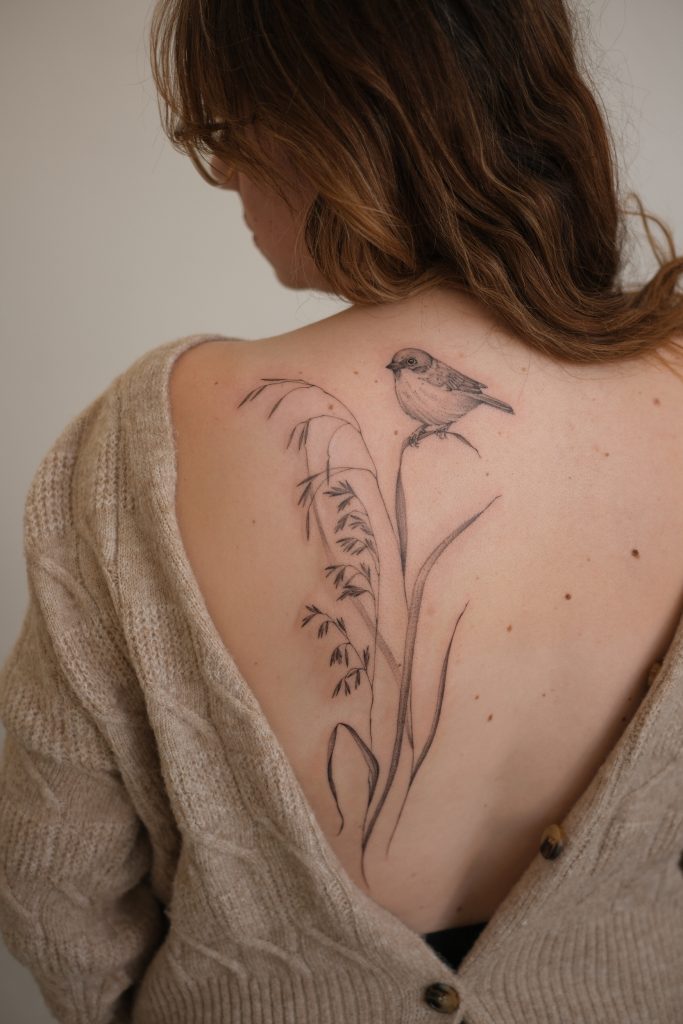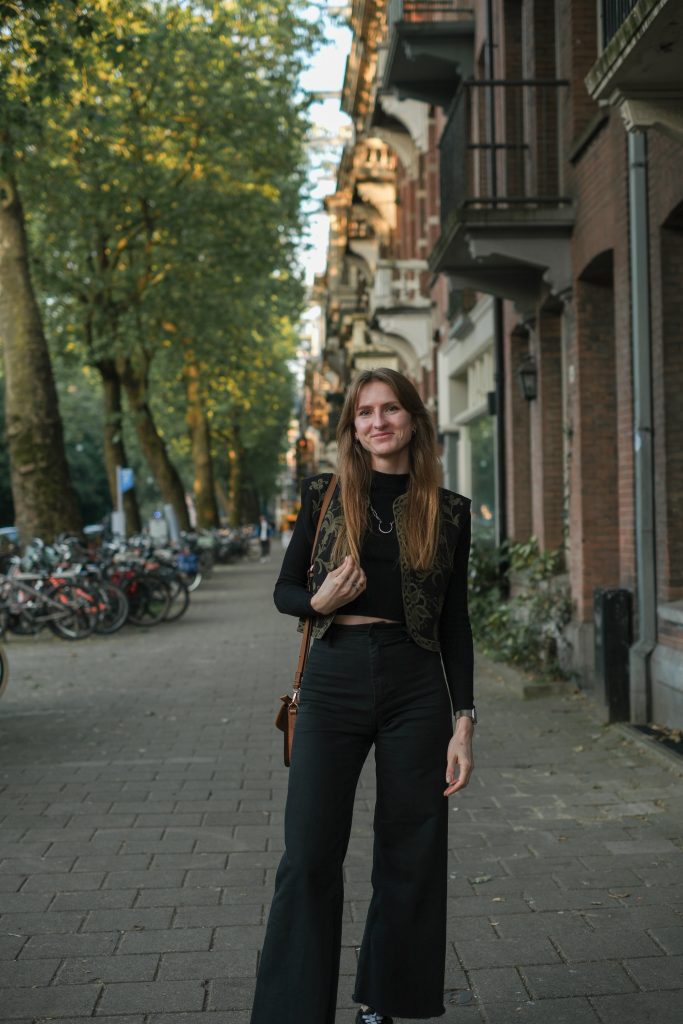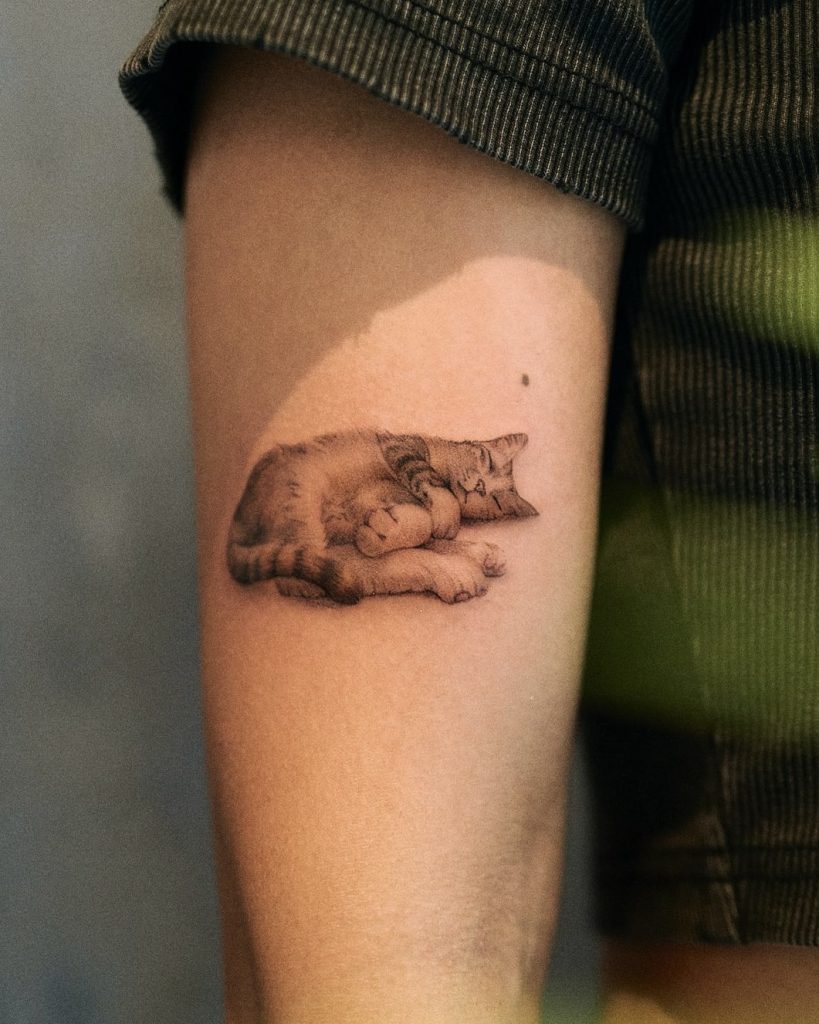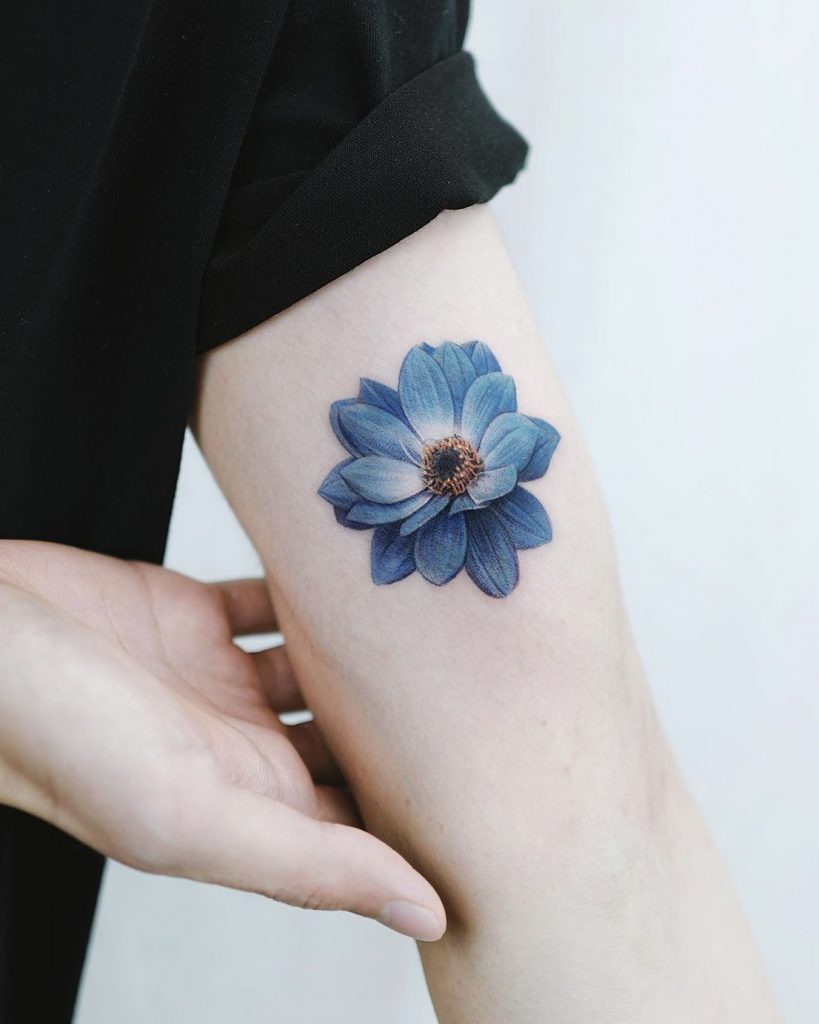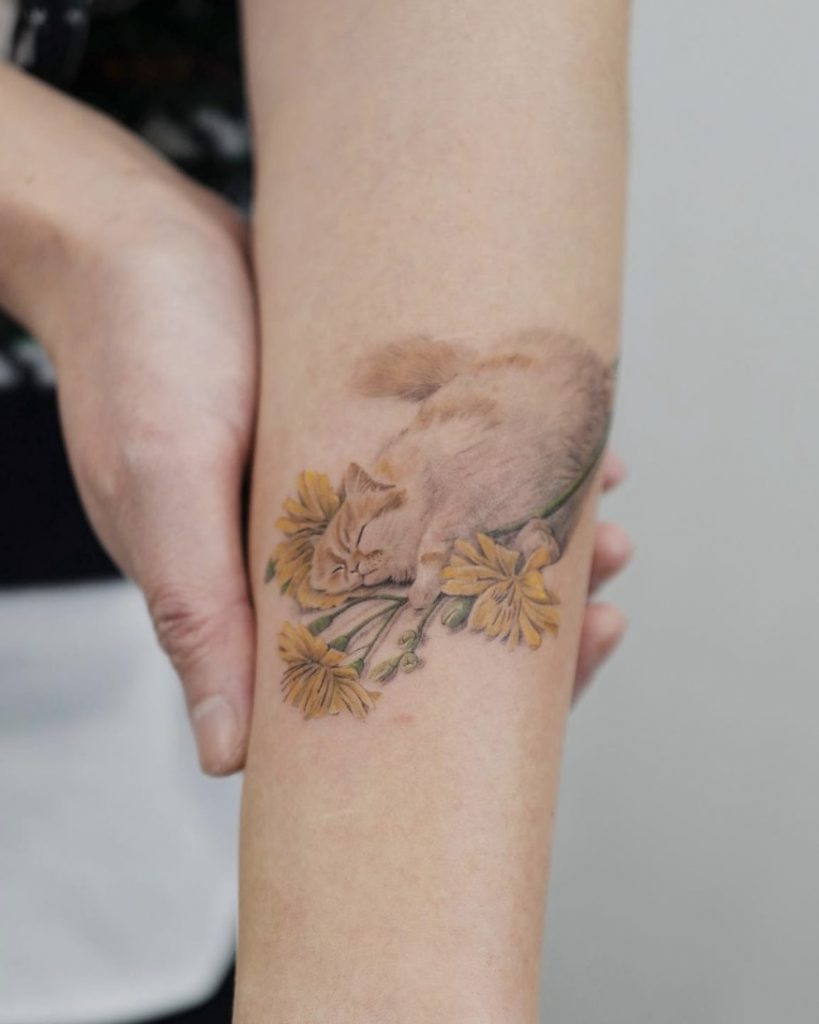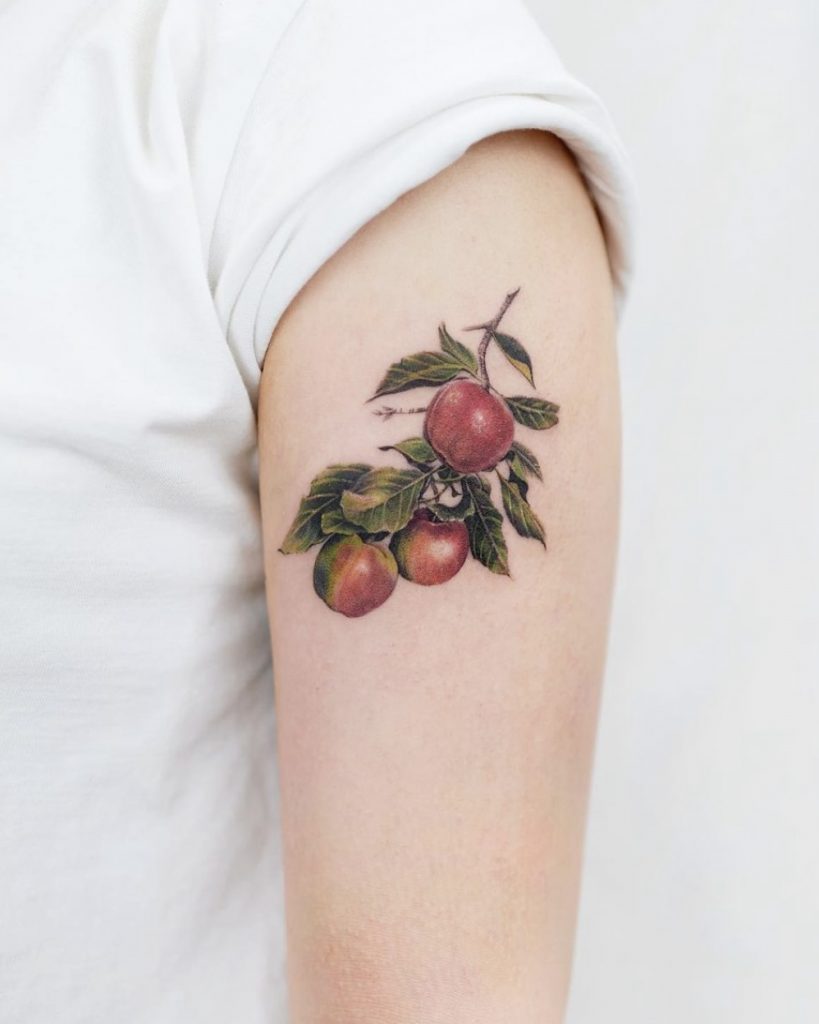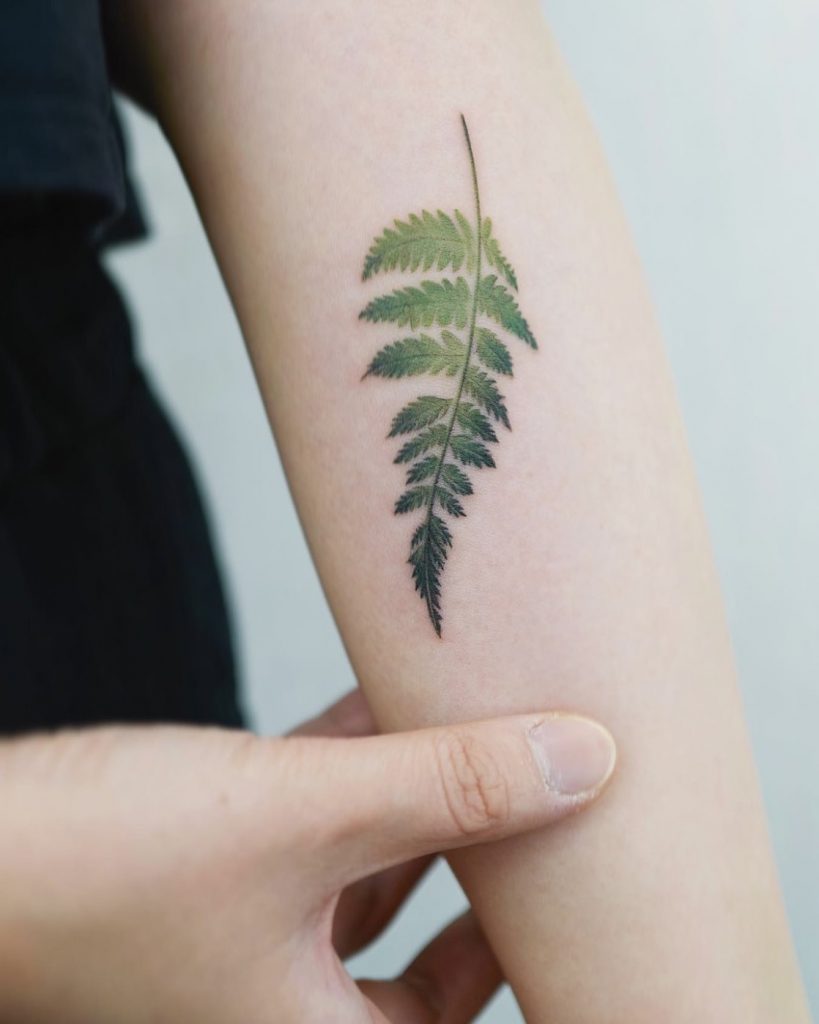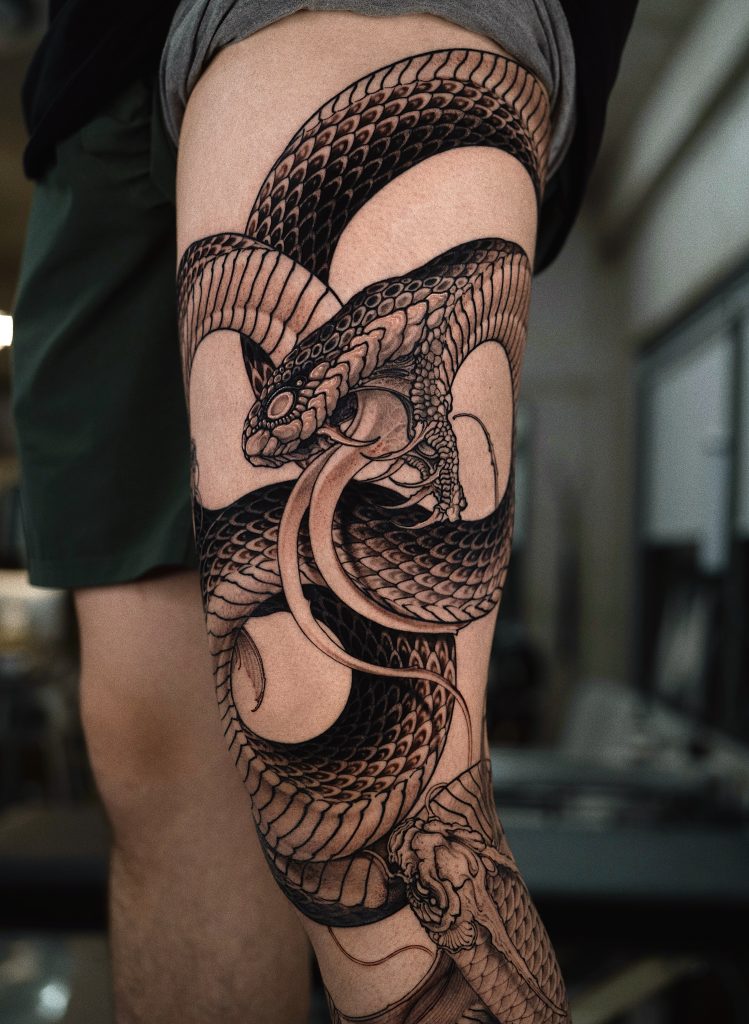From his hometown of Leeds to studying in Sheffield then down to London, where he apprenticed under Henry Hate at Prick Tattoo, tattoo artist Teej’s style of heavy black work has been an evolution on this journey. The next stop took him to Sweden and then the USA, where he now works out of Black Vulture Gallery in Philadelphia. Here he shares details about his traditional apprenticeship, what it’s really like to get solid blackwork, his life over in the USA – and what’s next…
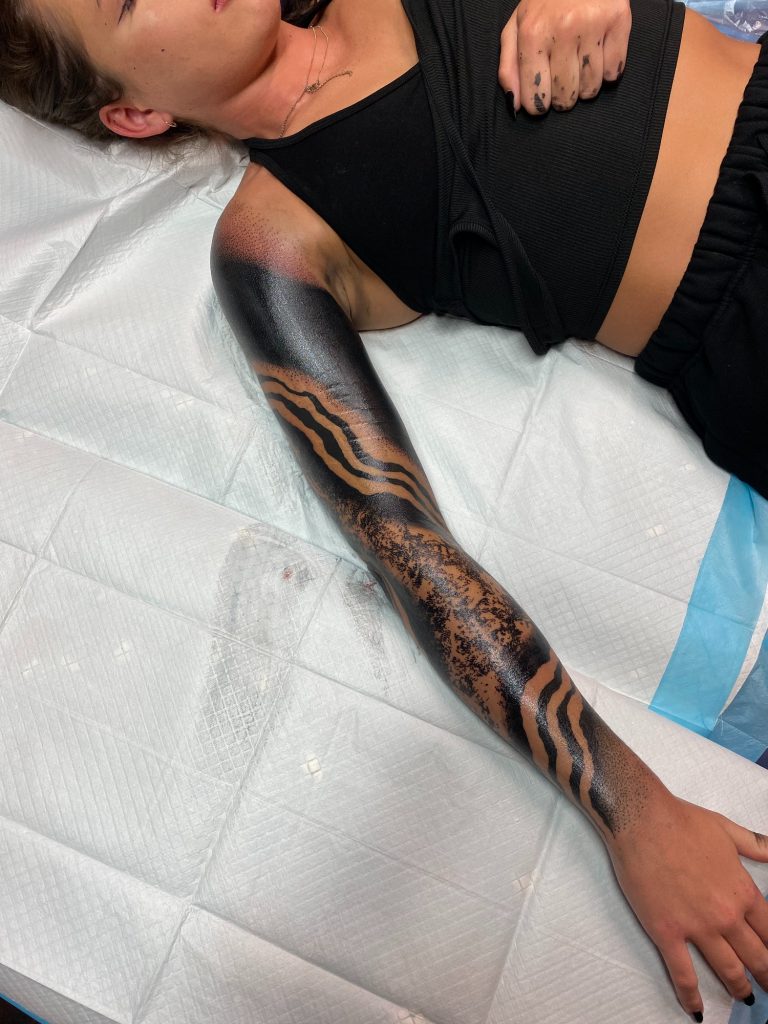
When did you first fall in love with tattoos?
I guess it all started at an early age with the music I listened to and the posters on my walls were of musicians and skateboarders who were tattooed. The aesthetic of being heavily tattooed was something I wanted. It was a sign of rebellion and taking control of your own body and image.
Once I got my first tattoo at the age of 17, I fell in love even harder and knew it was something that was going to take over my life. I just never expected it to happen and lead me to where it has.

You’ve been tattooing for ten years now, what was it like learning?
I graduated from university in Sheffield with my bachelors degree in Product Design. By the time I finished, I knew it wasn’t what I wanted to do with my life. I moved down to London and managed to get into an apprenticeship under Henry Hate at Prick Tattoos in Shoreditch. It was a very traditional apprenticeship, I was the first one in and the last one out every day. Henry was my gatekeeper to the life I dreamt of and the way I learnt his knowledge was to prove myself daily. He taught me how to build and assemble machines, needle making, art history from many styles and how they are relevant to tattooing styles, tattoo composition and the body.
I wasn’t allowed to touch a machine for the first six months, and even when I was, it was just line work. That’s the backbone of every tattoo and I had to see how they healed before shading and colouring. All the fundamentals were covered and I’m eternally grateful for the times and knowledge I learned from him and the life it has given me.
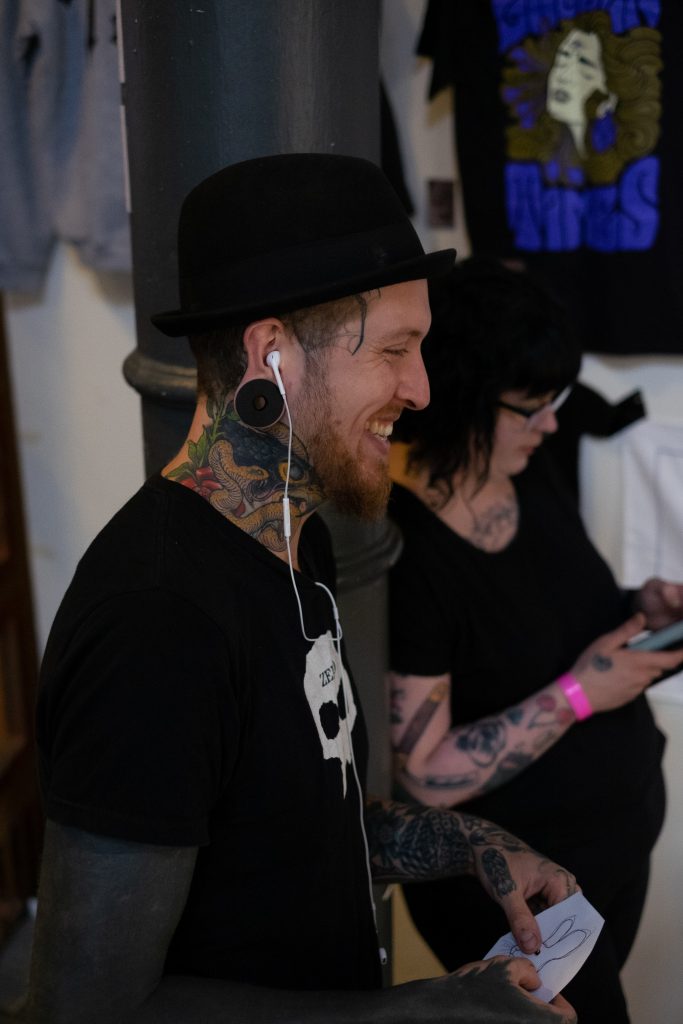
How did you develop your style to what it is today?
The heavy blackwork I’m known for was never a conscious choice, it just found me organically. Since early on in my career, I’ve always preferred to use just black ink. From traditional to a more fine line sketch/illustrative style, people knew that I used black, so over the years I got asked to do some blackout sleeves. It wasn’t until five years ago that it really took off, I did a blackout sleeve, posted it, got a couple of bookings for more. It just grew from there.
Can you tell us about blackout tattoos, what’s the process?
The majority of clients that come for blackout tattoos have older tattoos they want to cover. These can range in styles, some with more trauma, some with colour, scarred lines, multiples layers of work where they have tried to cover another tattoo before, some where they have poor blackout work. So every day is a new challenge, to work with the canvas in front of you and try to create a large field of smooth black.
Blackout is definitely a different experience than a ‘normal’ tattoo, it’s no breaks and solid tattooing and saturation. Even people who are heavily tattooed are surprised how different it is.

How do you usually work with customers?
Most of my customers come for straight blackouts, but I also design concepts. These give customers a view of how I’d like to work on a body part or full body coverage. They are all ideas that can be adjusted and changed accordingly, whether to incorporate coverups or just to change a pattern or texture. Creating them as a realistic concept in photos gives the client the image as a whole and something they can decide if they want on their body.
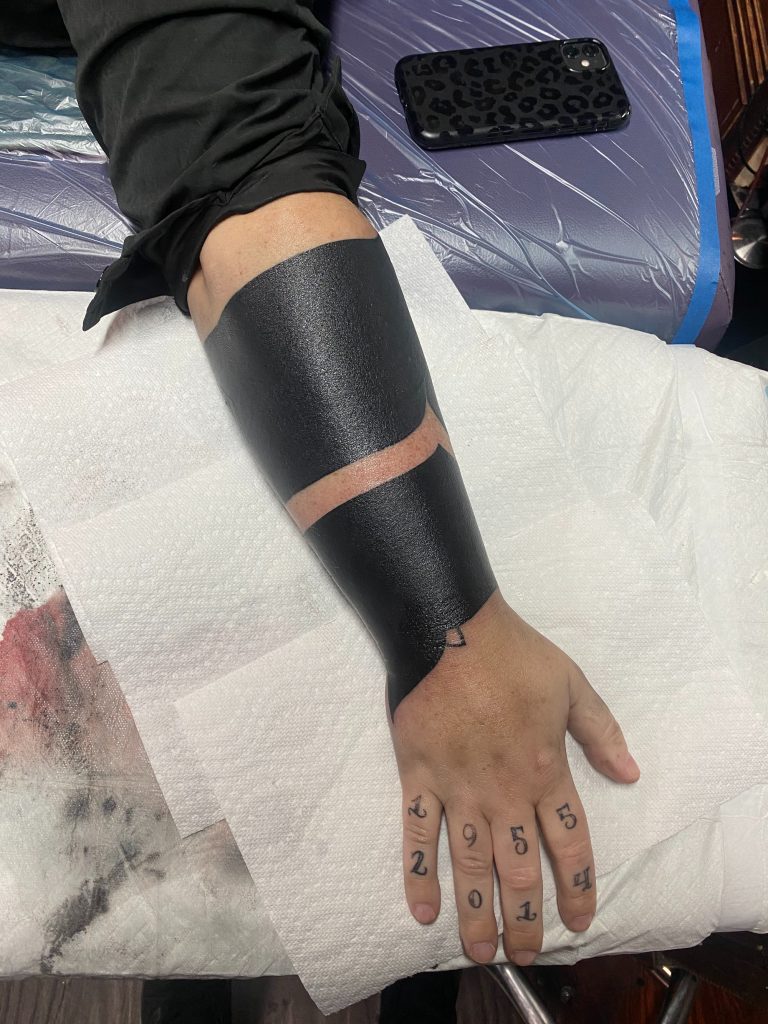
Roughly how many sessions do they take? Are there any challenges with this technique?
A full arm is two sessions, which is five to eight hours usually, it all depends on how big the arm is and how much to cover area wise. First session, I do wrist to an inch or two above the elbow, always hit the elbow first session as it’s tough skin and usually needs a quick hit the second session. Legs can be four to five sessions for a straight blackout.
Once you start adding in other elements to the design, it can add more time. It’s always hard to give an exact timescale for projects as many different things like pain tolerance or quality of the tattoos being covered can affect the time it takes.
For an arm, I prefer two sessions. It’s much easier to take as a client, but also less of a physical beating on the body to heal. You have to take each session as it comes and adjust and adapt.

What’s the healing like? Any tips for someone wanting a full black tattoo?
Always listen to the artist who has done the tattoo. Everyone has a slightly different method, mine was developed over time by trying and changing parts of what other blackwork artists did until I found a method that myself and my clients liked and made it as easy as possible.
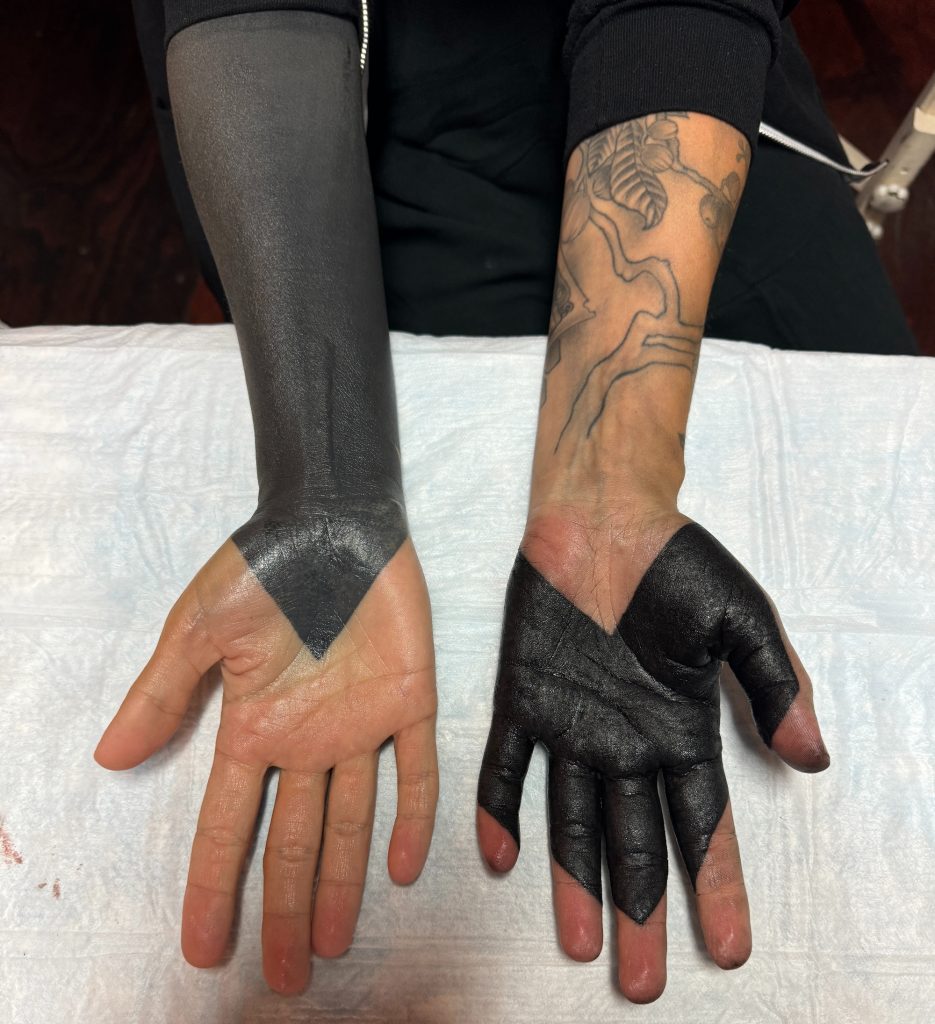
Have you seen the demand for blackout tattoos growing?
Yeah it’s definitely grown as a style over the last years, the more people are exposed to it via social media, the more they see it as an option. They usually have older work that they are unhappy with or outgrown but sometimes you get people who are getting the heavy blackwork to start, they love it as a style that they want to wear from the beginning.

Do you have a favourite tattoo experience or project you’ve worked on?
The project that always stands out is my client Hannes who I met during the seven years I was tattooing in Sweden. Hannes came to me with no tattoos and wanted me to transform his body with a flowing blackwork style. We got both arms and his torso completed in Sweden before I moved to Philadelphia. I’m looking forward to continuing when I go back and guest there.
What would you like to do more of?
I guess it would be to do more large-scale concepts that I’ve designed. I love the straight blackouts, but it’s always more fun to incorporate other elements.

You’ve mentioned guesting, are you planning any guest spots? If so where and how do we book in?
Since moving to Philadelphia last summer, I haven’t had the chance to travel for work yet. I’ve been so busy here that there just hasn’t been a window to organise a guest spot. I do need to get over to the west coast of America, San Francisco has been on my list of places to visit for a long time and I will be guesting at Analogue Tattoo Arts Kollective.
Also next year, I want to get back to Sweden for a guest spot. I still have my clients there and some with ongoing projects that I’d love to get more done on.
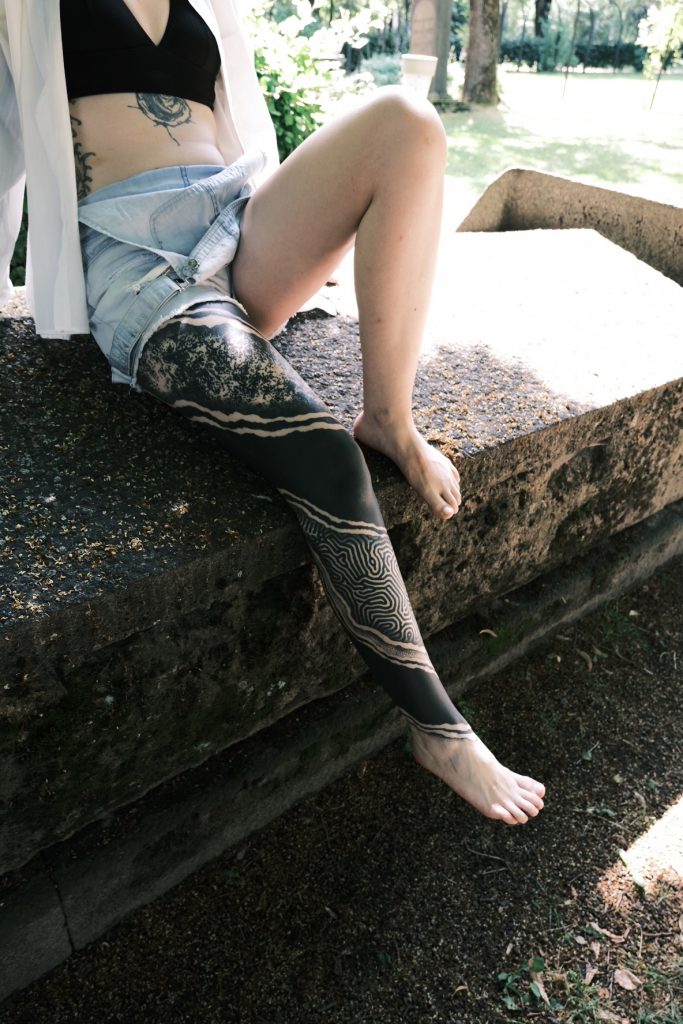
What took you to the US? And what are your hopes for the future?
I loved to Philly because Hoode offered me a spot in his studio, we had been friends for a couple years and I told him I was interested to move State side – Sweden will always be ‘home’ for me but I wanted to change my environment and settings and give it a go. So when the best black worker in the world offered me a spot in his studio, I had to jump at the opportunity. You progress by working with others and sharing knowledge and technique and that was something I couldn’t get in Sweden.
In the coming years, I see myself evolving as a tattoo artist by continually pushing the boundaries of my craft and expanding my knowledge of tattooing techniques and design principles. I’m excited to explore and incorporate new styles, and integrate innovative concepts into my work.
Make sure to follow Teej (@teejtattoo) on Instagram and check out his website for more tattoos and to book yours.
We’re always talking to amazing tattoo artists, check out our latest interviews.
